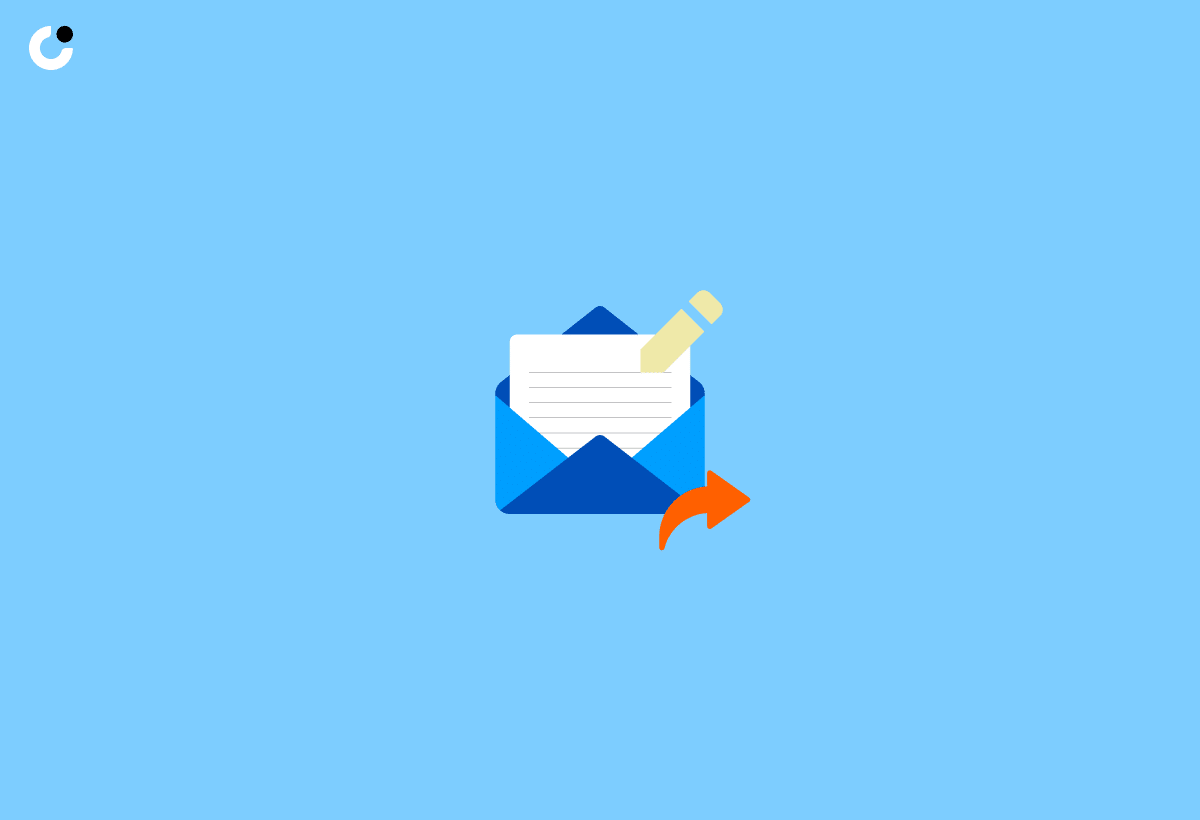74Are you tired of the traditional job hunting methods and looking for a fresh approach to land your dream role? Job cold emailing, when done right, can be a game-changer in your job search journey. In this blog post, we will explore the secrets to crafting the ultimate job cold email that captures attention, showcases your skills, and gets you the responses you desire.
Key Takeaways
- Cold emailing is a powerful job hunting tool to stand out from the crowd.
- Personalize your message with compelling subject line, genuine interest and personal touch for maximum impact.
- Follow best practices such as conciseness, respect for time and correct timing to increase chances of success in cold emailing.
Unlocking the Power of Cold Emailing for Your Job Hunt
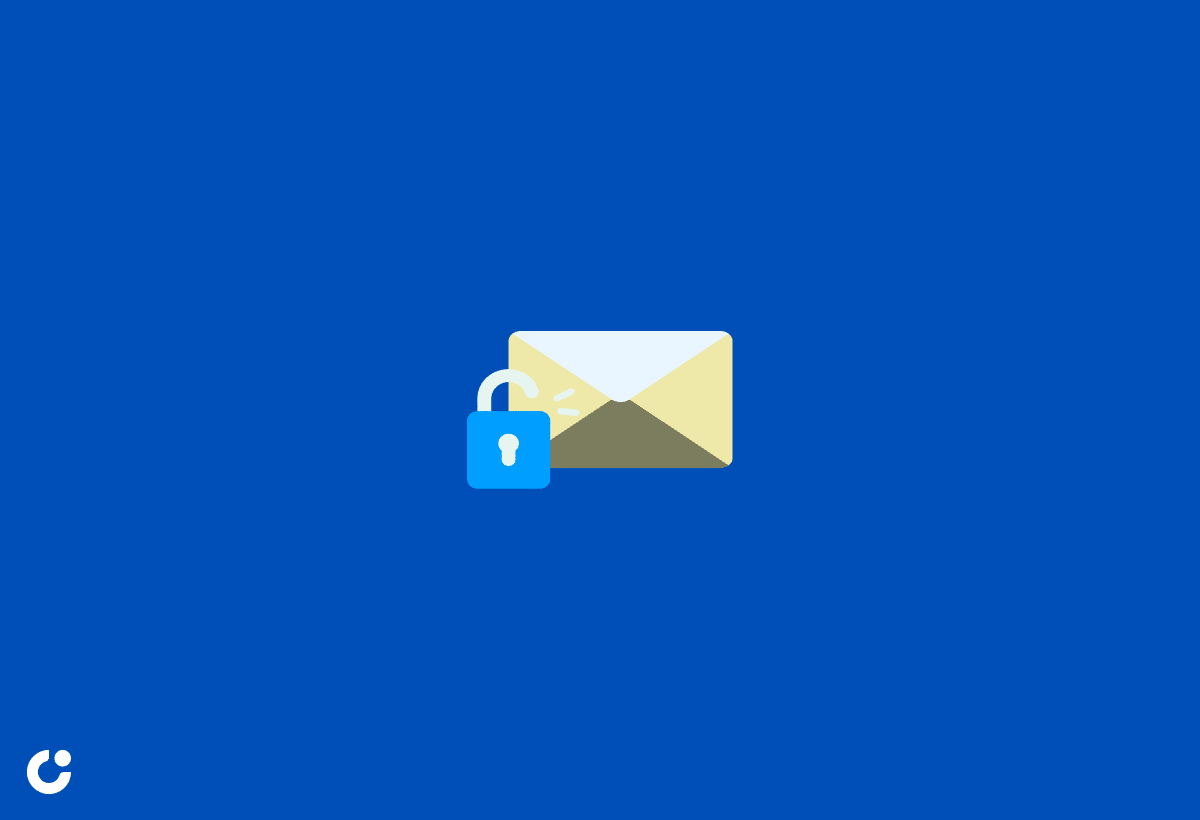
Cold emailing is a powerful tool that allows job seekers to bypass online career sites and directly connect with decision-makers. This proactive approach helps you stand out from the crowd and increases your chances of landing that coveted job interview. But how do you write a cold email that resonates with the recipient and prompts a response?
A successful cold email hinges on personalization and comprehensive investigation. Using a generic cold email template will likely result in your message being ignored or left unanswered. The upcoming content will offer career guidance and examples to assist you in creating an impactful cold email for your job hunt, including how to write an enticing subject line, personalize your message effectively, and follow up with subtlety.
Crafting a Compelling Subject Line That Captures Attention
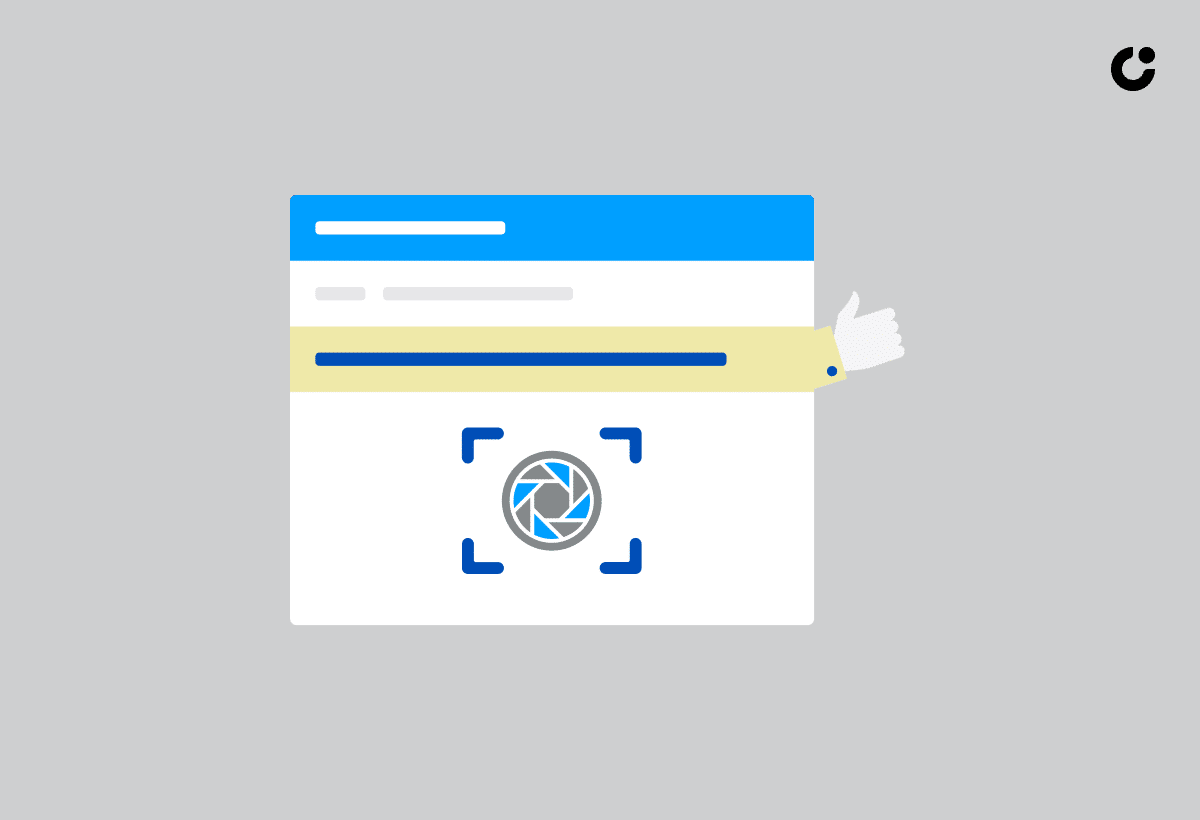
In cold emailing, your cold email subject lines act as the deciding factor for whether your email gets opened or ends up forgotten among unread messages. Considering the average office worker receives 121 emails per day, creating an engaging subject line to captivate the recipient and prompt them to open your email is vital.
To craft the perfect subject line, keep it concise, personalized, and intriguing. Here are some tips:
- Mention a unique selling point or reference a recent company accomplishment to pique the reader’s interest.
- Avoid clickbait subject lines, as they can backfire and harm your credibility.
- Opt for an attention-grabbing subject line that genuinely reflects the content of your email and resonates with the hiring manager.
The Art of Personalizing Your Cold Email
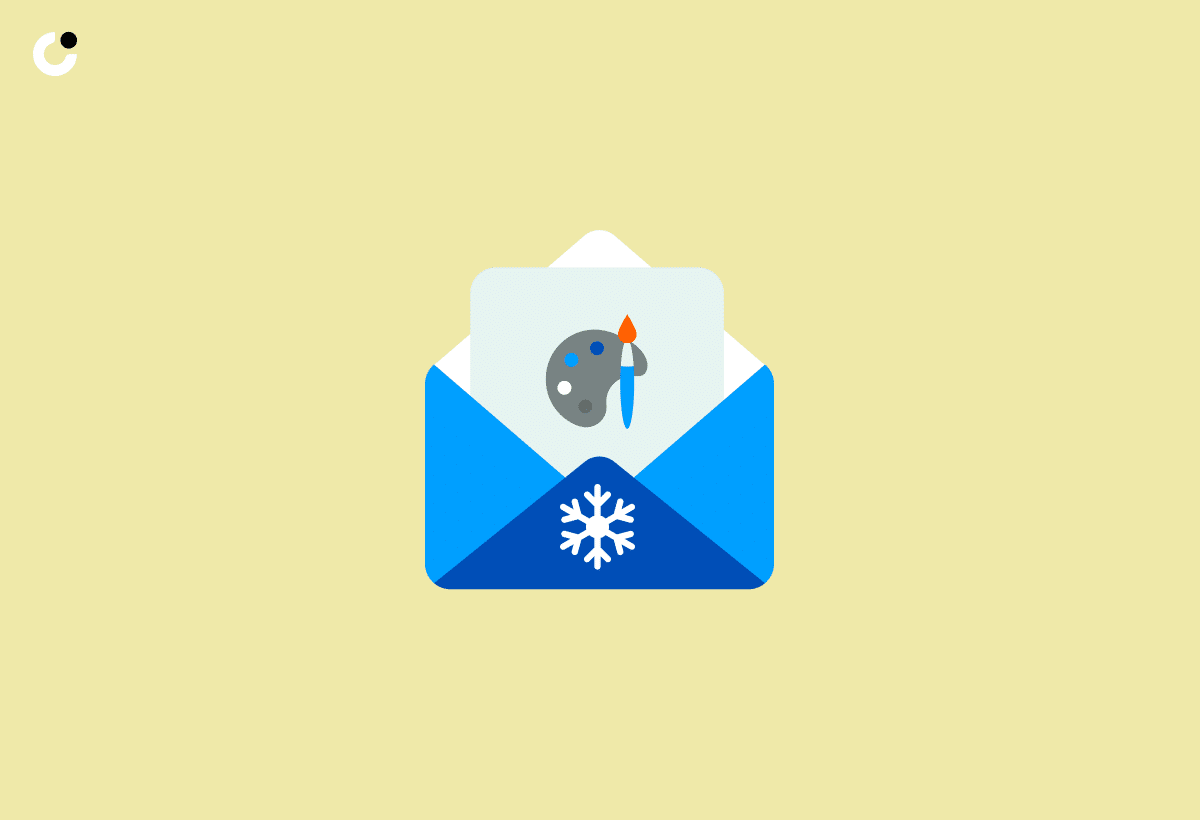
Personalizing your cold email is key to its success. By researching the company and recipient, demonstrating genuine interest, and establishing a personal touch, you can significantly improve your chances of receiving a response.
The upcoming content will go into detail about each of these aspects and their role in creating a highly effective cold email.
Researching the Company and Recipient

Before you start creating your cold email, conducting comprehensive research on the company and the recipient is necessary. This allows you to tailor your message effectively and increases the likelihood of your email resonating with the right person. Start by scouring the company website and LinkedIn page to gather information on their mission, values, recent accomplishments, and any job openings relevant to your skillset.
Next, identify the hiring manager or appropriate person to contact within the company. Review the company’s “Team” or “Contact” page for potential leads, and use tools like Hunter’s Email Finder to help locate and verify their email address. By directing your email for a job to the right person, you demonstrate your resourcefulness and start your job search on the right foot.
Demonstrating Genuine Interest
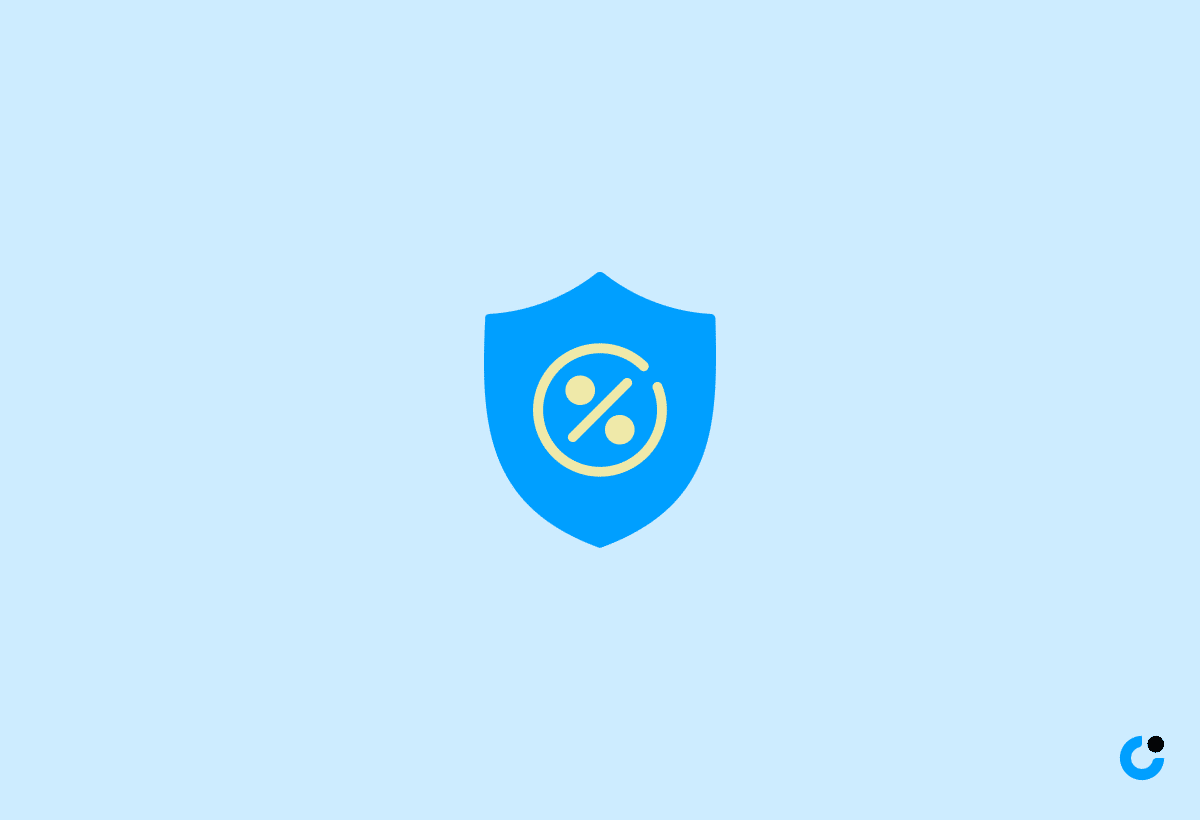
Expressing sincere interest in both the company and the role is key to making a lasting impression on the recipient. This goes beyond merely mentioning the company name or dream job title in your email. Take the time to understand their mission, goals, and challenges, and express how your skills and experience align with their needs.
For example, if you’re applying for a senior marketing executive position at a pharmaceutical research company, mention how your previous experience in the pharmaceutical research industry has prepared you to excel in this role. By demonstrating genuine interest, you not only showcase your knowledge of the company but also convey your enthusiasm and commitment to the potential employer. Seeking career advice tailored to your industry can further enhance your chances of success.
Establishing a Personal Touch

Incorporating a personal touch into your cold email can significantly capture the recipient’s attention and foster a sense of connection. Identify any shared connections or interests that you and the recipient have in common, such as a mutual acquaintance or a shared experience.
For instance, if you both attended the same industry conference or have a mutual connection on LinkedIn, mention these connections in your message. By establishing a personal touch, you increase the likelihood of your cold email resonating with the recipient and leading to further communication.
Structuring Your Cold Email for Maximum Impact
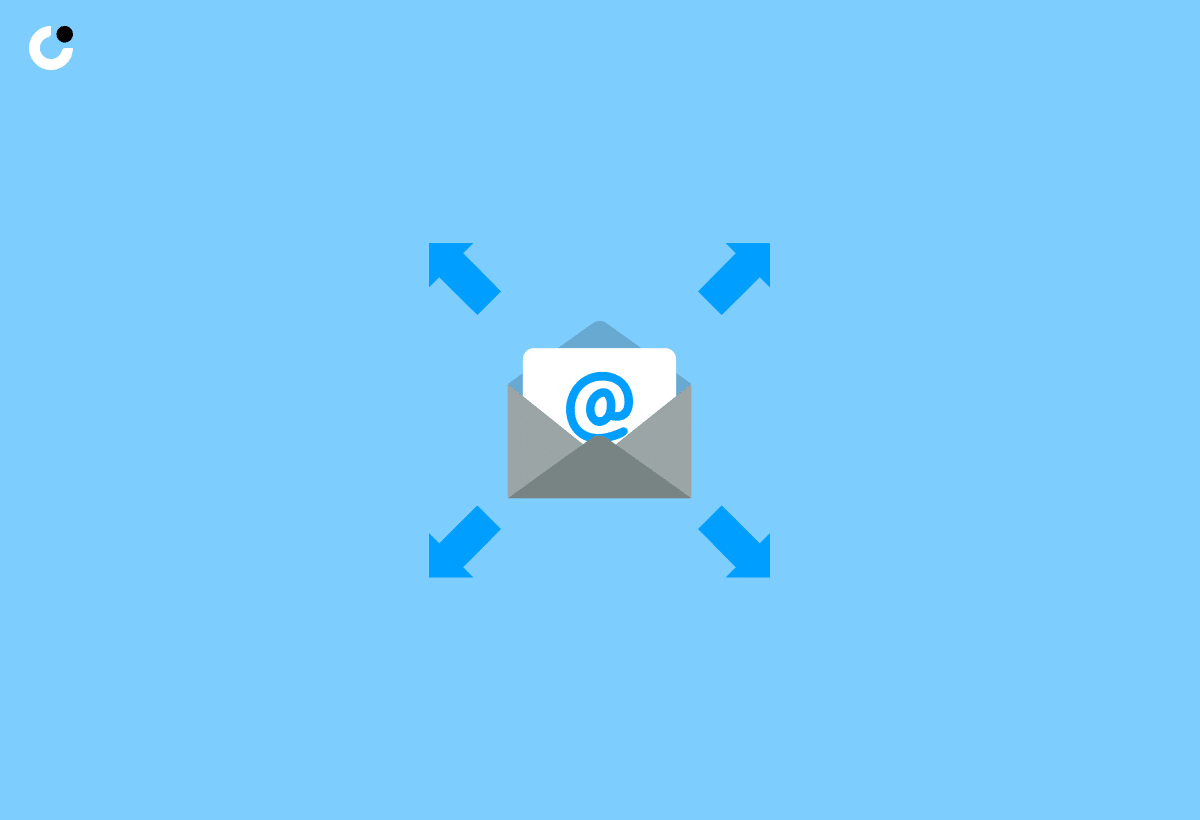
To optimize the impact of your cold email, structuring it effectively is vital. This includes opening with a strong introduction, highlighting your relevant skills and experience, and ending with a clear call to action. The following content will detail each of these elements and provide guidance on how to integrate them into your cold email.
Opening With a Strong Introduction
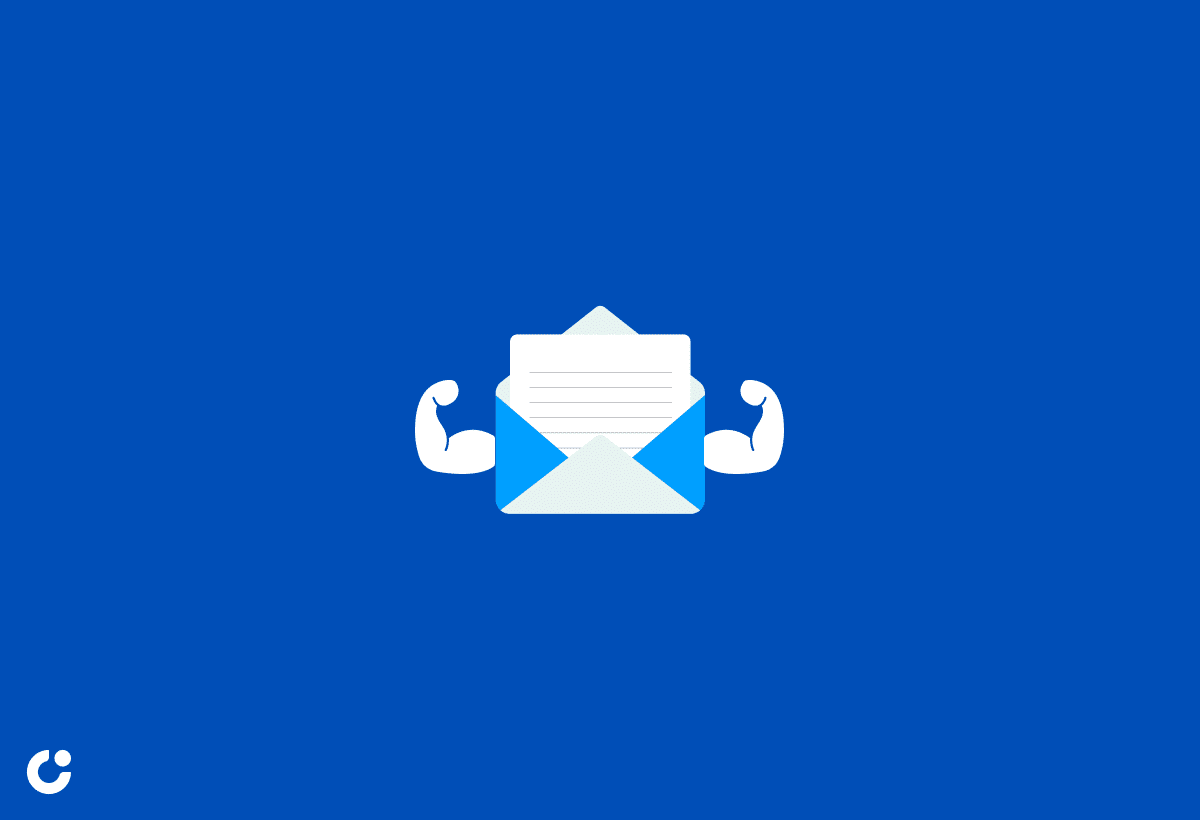
A compelling introduction is the first step in capturing the recipient’s interest and setting the tone for the rest of your cold email. Begin by briefly mentioning who you are, how you came across the company, and why you’re reaching out. This helps the recipient understand the context of your email and encourages them to continue reading.
For example, if you were referred by a mutual connection, mention their name and how they recommended the company as a great place to work. Alternatively, if you discovered the company through an online job board, mention the specific job posting that caught your eye. By starting strong, you set the stage for a successful cold email.
Highlighting Your Relevant Skills and Experience

After captivating the recipient with a strong introduction, it’s time to showcase your relevant skills and experience. This is your opportunity to demonstrate your value to the company and convince the recipient that you’re the right fit for the role.
To do this effectively, highlight specific accomplishments and experiences that align with the company’s needs and requirements. Use concrete examples and quantify your successes whenever possible to provide tangible evidence of your capabilities. By demonstrating how your skills and experience can contribute to the company’s success, you increase the likelihood of being considered for the job opportunity.
Ending With a Clear Call to Action

Conclude your cold email with a clear call to action that encourages the recipient to respond. This could be a request for an informational interview, a discussion about potential job opportunities, or simply asking for their advice on your job search.
When crafting your call to action, be specific and concise in your request. Make it easy for the recipient to take action by providing a suggested time frame or method of communication. By ending with a clear call to action, you increase the chances of receiving a response and moving forward in the hiring process.
Navigating Follow-Up Emails With Finesse
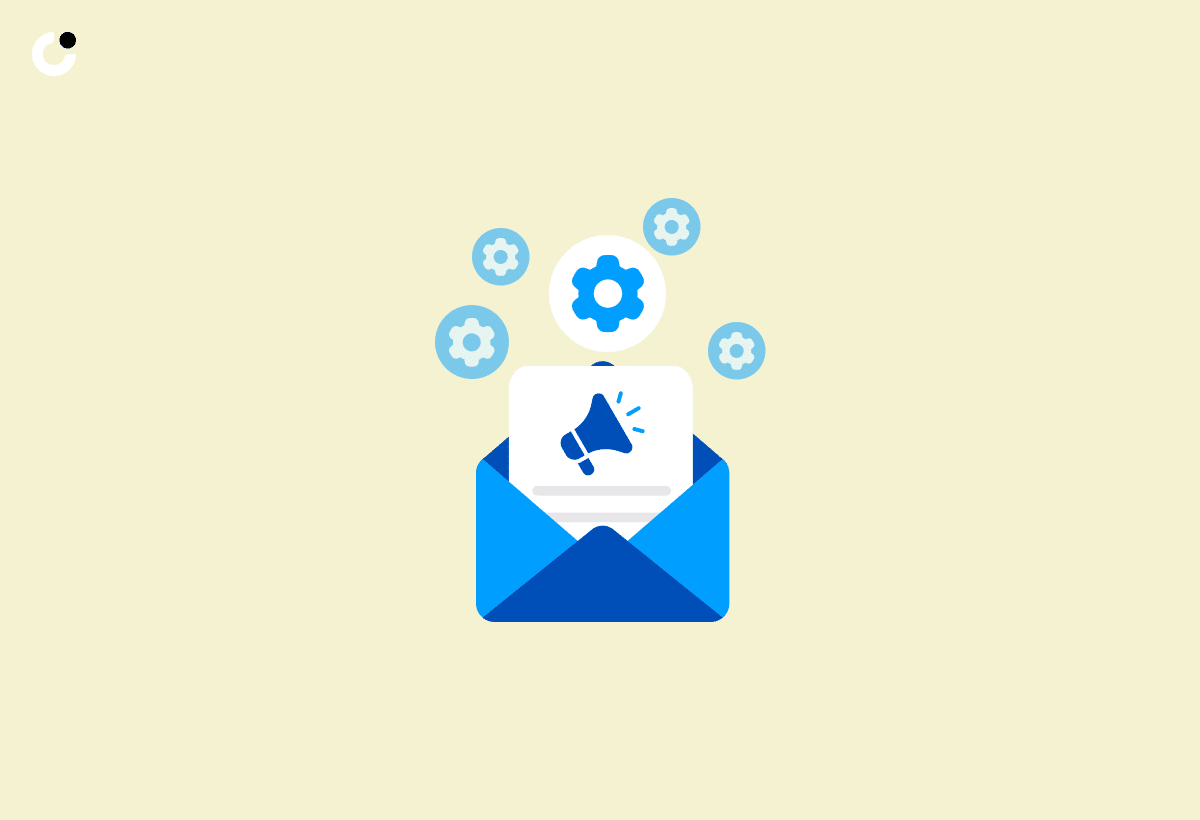
Following up on your initial cold email is vital to maintain communication and showcase your sustained interest in the company and role. However, it’s important to strike a balance between persistence and respect for the recipient’s time.
The following content will detail best practices for scheduling your follow-up emails and writing courteous reminders.
Timing Your Follow-Up Correctly
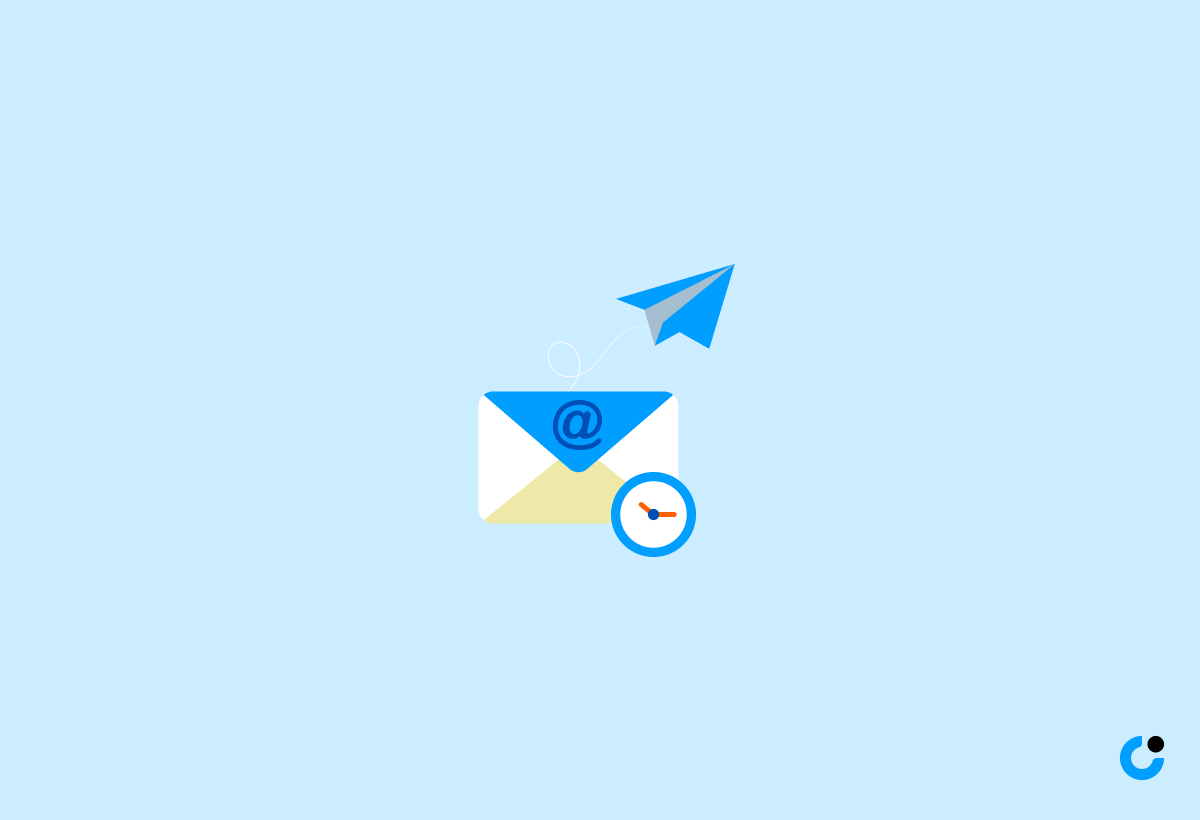
The timing of your follow-up email is vital to its effectiveness. A general rule of thumb is to send your follow-up email approximately one week after your initial cold email. This gives the recipient enough time to process your message and respond if they’re interested, without coming across as overly pushy.
When sending your follow-up email, consider the recipient’s timezone and working hours. Aim to send your email during regular business hours on a weekday, preferably between 8:00 AM and 9:00 AM, or after 9:00 PM. By timing your follow-up email correctly, you increase the chances of it being noticed and read by the recipient.
Composing a Respectful Reminder
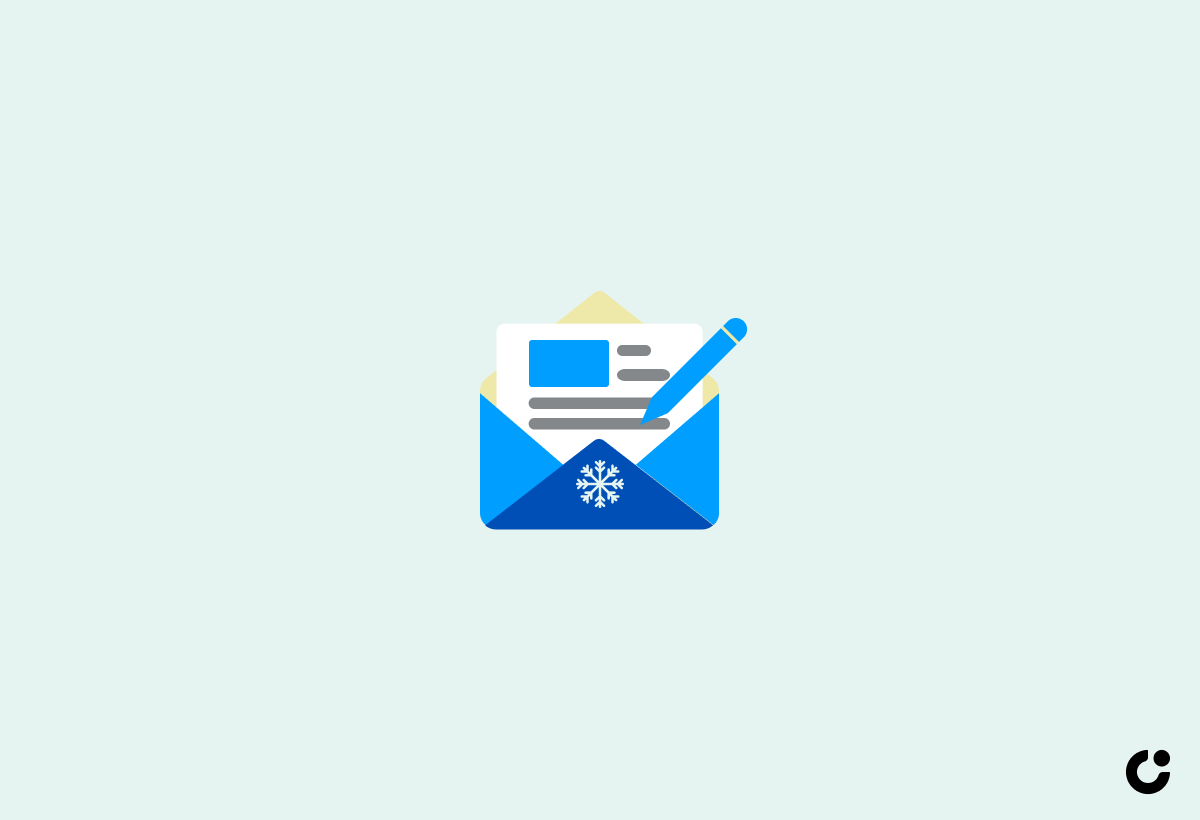
When crafting your follow-up email, it’s important to strike a balance between persistence and politeness. Start by reiterating your interest in the company and role, and provide any additional information or updates that may be relevant since your initial email.
In your message, specifically mention your initial cold email and the date it was sent. This helps jog the recipient’s memory and provides context for your follow-up. Keep your message brief, positive, and respectful, avoiding any negative or demanding language.
By composing a respectful reminder, you demonstrate your ongoing interest in the company and role while maintaining a professional demeanor.
Essential Do's and Don'ts in Cold Emailing
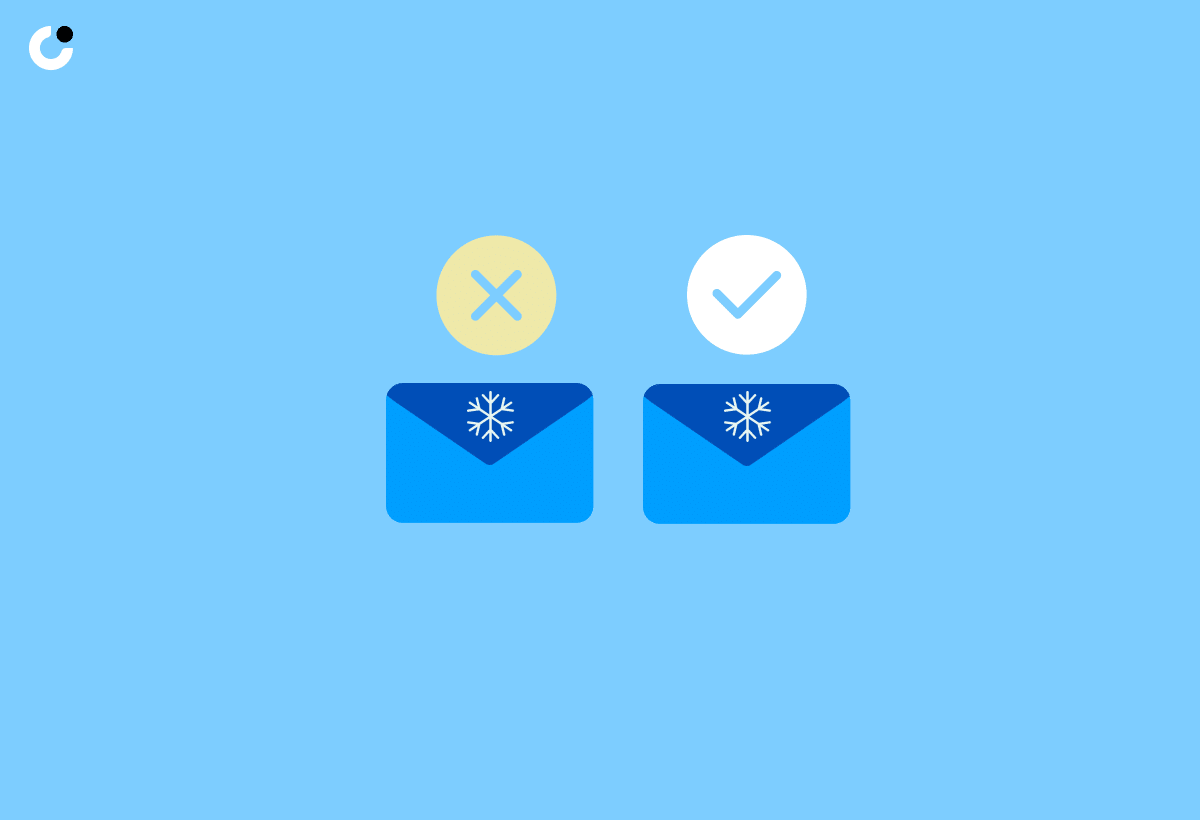
Sending a cold email can be an effective method to connect with potential employers and make a memorable first impression. However, to maximize your chances of success, it’s important to adhere to certain best practices and avoid common mistakes.
The following content will detail the essential do’s and don’ts in cold emailing for job hunting.
Best Practices to Embrace

Embrace best practices in cold emailing to increase your chances of success. Here are some tips to follow:
- Personalize your email to demonstrate that you’ve taken the time to research the company and recipient.
- Keep your message concise and focused on the recipient’s needs and interests.
- Show that you respect their time and genuinely want to contribute to their organization.
By following these tips, you can improve your cold emailing strategy and increase your chances of success.
Correct timing is also important, for both your initial cold email and follow-up messages. Aim to send your emails during regular business hours on weekdays, when the recipient is most likely to be checking their inbox. By incorporating these best practices, you increase the likelihood of receiving a positive response from potential employers.
Mistakes to Steer Clear Of
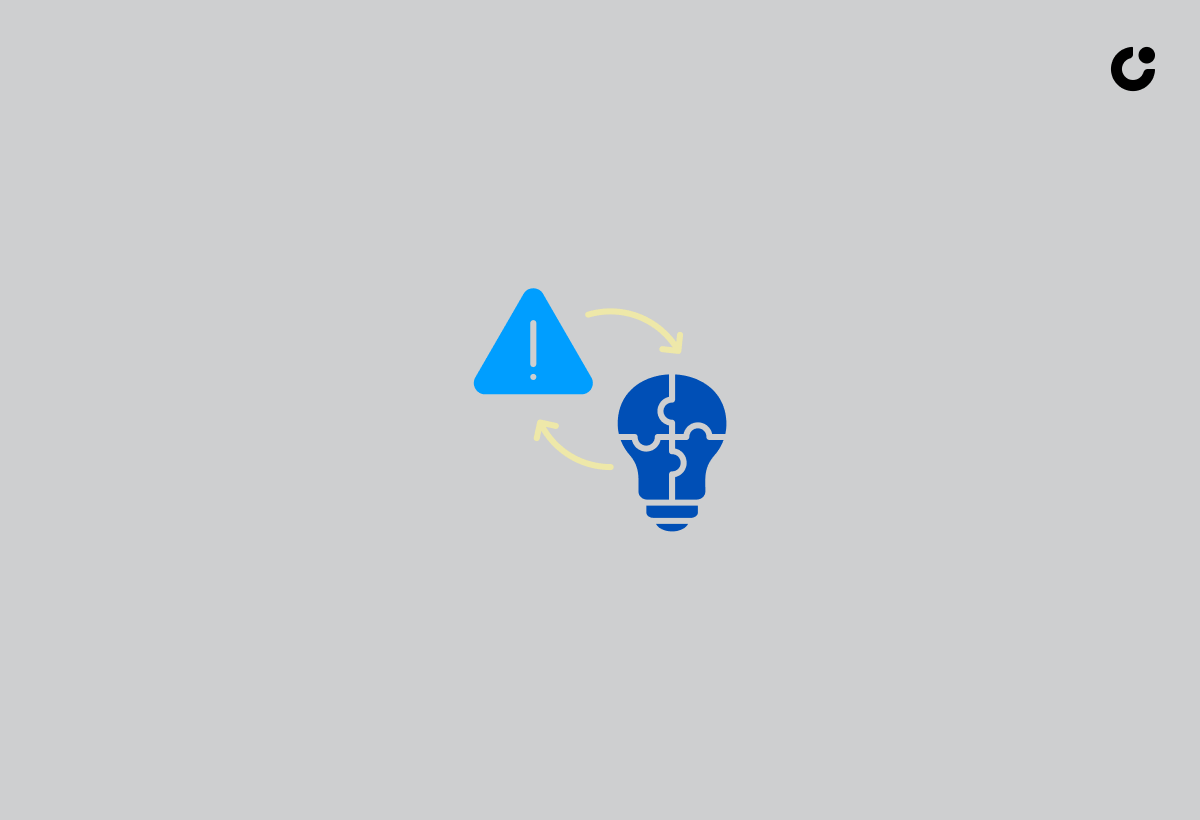
Avoid common mistakes in cold emailing that can harm your chances of success when sending cold email job inquiries. Refrain from sending generic or impersonal emails, as they fail to demonstrate your genuine interest in the company and role. Overwhelming the recipient with too much information can also be detrimental, as it can make your message appear less personal and more difficult to process.
Additionally, be mindful of your follow-up frequency. While it’s important to demonstrate persistence, excessive follow-up can come across as impatient and disrespectful of the recipient’s time. By steering clear of these mistakes, you maximize your chances of success in your job hunt through cold emailing.
Real-life Examples of Successful Job Cold Emails
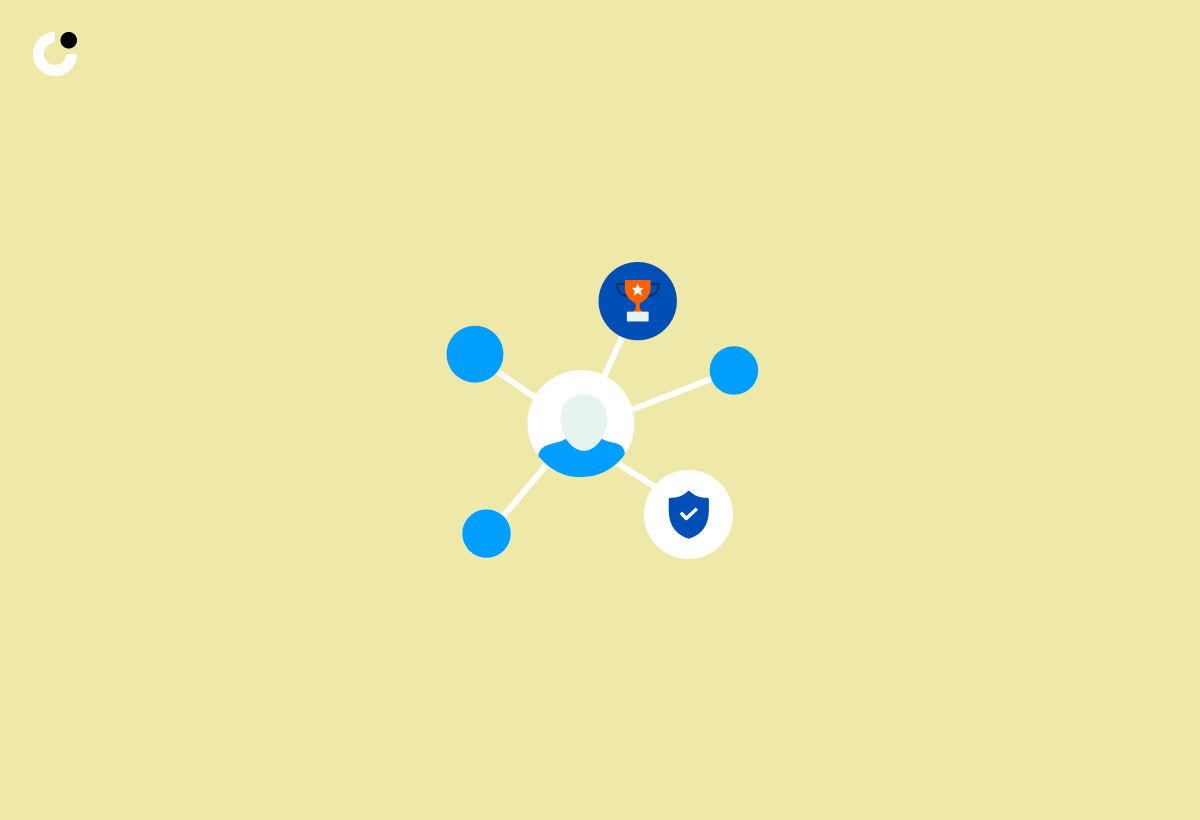
To inspire your own cold emailing strategy, here are some real-life examples of successful job cold emails. Allie Janoch managed to secure a $2.5 million seed round for her company through a well-crafted cold email, while Dhruv Ghulati gained a $500,000 investment from Mark Cuban after sending a persuasive cold email pitch.
These success stories highlight the potential of cold emails in not only securing job interviews but also attracting financial support and investment. By following the tips and guidelines outlined in this blog post, you can craft effective cold emails that open doors to new job opportunities and help you land your dream role.
Summary
In conclusion, cold emailing can be a powerful tool in your job hunting arsenal when done right. By crafting a captivating subject line, personalizing your message, structuring your email effectively, and following up with finesse, you can increase your chances of landing your dream job. Remember to embrace best practices and avoid common mistakes to ensure your cold emails make a lasting impression on potential employers. With persistence and the right approach, you can open doors to new opportunities and advance your career through the power of cold emailing.
Frequently Asked Questions
How can I find the right person to contact for a job opportunity?
Research the company website and LinkedIn page to identify potential hiring managers or contacts, then contact them directly with your job opportunity. Be sure to use a professional tone and double-check the accuracy of all information before submitting.
What should I include in the subject line of my cold email?
Personalize your subject line with a unique selling point or company accomplishment and keep it concise and interesting.
How can I personalize my cold email effectively?
Customize your email to the recipient and company by doing research and connecting with shared interests or experiences. Use a professional tone, present a clear purpose for the email, and focus on establishing a personal connection.
When should I send a follow-up email after my initial cold email?
Send your follow-up email one week after the initial cold email, during regular business hours on a weekday.
What mistakes should I avoid when sending cold emails for job hunting?
When sending cold emails for job hunting, avoid sending generic or impersonal emails, including too much information, and being overly persistent with follow-ups. Make sure to use a professional tone and make a connection with the reader by including a clear conclusion in the first sentence.

